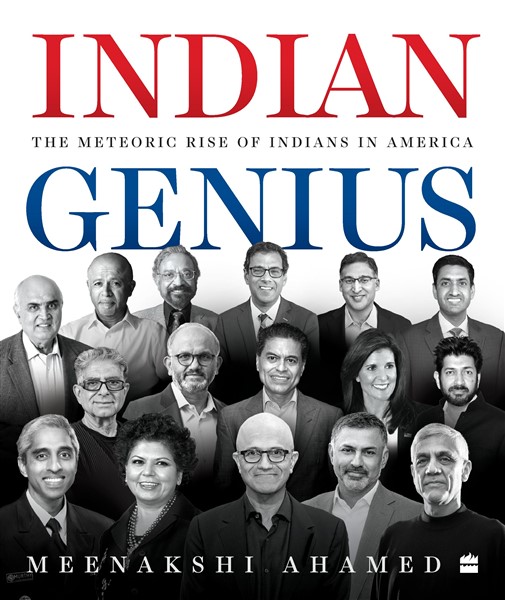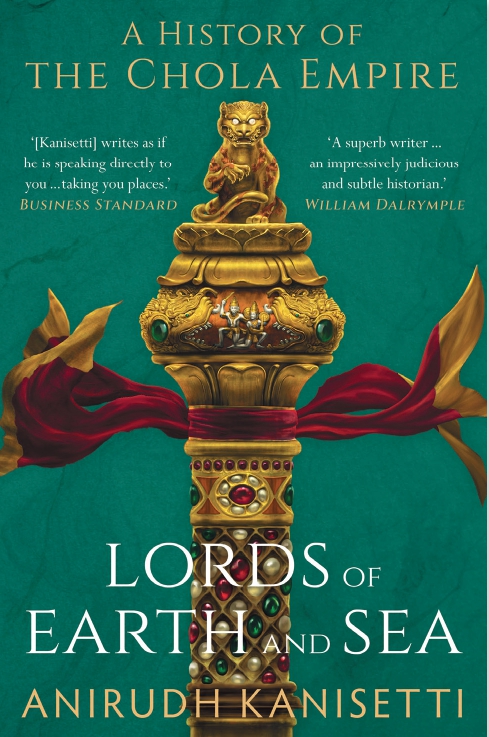political science
Entrances
Academic Books
Account Books
Administrative
Adventure
Advocacy and Adjudication
Aging
Agriculture
Agriculture
Agriculutre
Allied Health
Analysis
Animals
Animals and Birds
Anthology
Anthology
Aptitude Test
Arbitration and Conciliation and Mediation
Architecture
Architecture
Architecture
Art and Humaneties
asd
Astroloojy
Astronomy
Autobiography
Ayurveda
Banking
Banking and Insurance
Biography
BIOLOGY LIFE SCIENCE
Body & Spirit
Border Roads Organisation
BPSC
Business
Business Law
CA
Chemistry
Child, Young and Adult
Children dictionaries
Childrens Books
Civil Procedure and Practice
CLASSIC FIC(PRE 1945)
Climbing or mountaineering
Comics
Comics & Graphic
Commerce
Communication & Media Studies
Competition Law and MRTP
Competitive Exams
Computer
Computer
Constitutional Law
Consumer Protection Law
Contempt of Court and Legislatures
Contract Law and Specific Relief
Cook Books
Cook books
cookery
Corporate Law
Corporate Laws
Counseling
Court Fees
Crafts & Hobbies
Crafts and Home
Crime Books
Criminal Law
Criminology
CTET
Defence
Dental Science
Dentistry
Dictionary
Direct Tax Laws
Direct Taxes
Drafting and Pleading and Conveyancing
Drama
E-Commerce
Earth science
ECO FIN BUSS & MGMNT
Economics
Economics & Development Studies
Education
Election Laws
Electricity Law
Electronics and Engineering
ENCYCLOPAEDIA
Engineering
Engineering & Computer
English Language Teach
ENGLISH LANGUAGE TEACHING
Entertainment
Environmental Law
Environmental Science
Evidence
Fairy Stories
Family and Personal Laws
Family Studies
Family/Personal Laws
Fashion and Design
Fiction
Film and Cinema
Finance
Food & Cook
Food and Drink
Games & Activities
Gender Studies
General knowledge
Geography
God and Godess
Graphic Novels
GST
Gujrati
HCUS - IMPORTS
Health & Fitness
Health & Fitness
Health & Nursing
Health, Personal, development
Hinduism
History
Horror
Human Rights
Humanities
HUMOUR
Income Tax
India Major Works
Indirect Tax Laws
Indirect Taxes
Industries
Information Technology Law
Insolvency
Insolvency and Bankruptcy Code
Insurance Law
Intellectual Property Law
International Law
International Taxation
Interpretation of Statutes
Islam
Judicial System
Jurisprudence
Labour and Industrial Laws
Labour and Service Law
Labour and Service Laws
Language
Law
Law Manuals
Legal Biography
Legal Education and Entrance Examinations
LIFESTYLE,SPORT,LEIS
LIT:HISTORY,CRITICSM
Literature
LITERATURE STUDIES
Management
Management & Organization Studies
Marketing
Marriage and Relationships
Mass Communication
Mathematics
MATHEMATICS & SCIENC
Mechanical Engineering
Medical
Medical
Medico Legal
MIDDLE GRADE READERS
MODERN FIC(POST 1945)
Motor Vehicles Law
Music
Mythology
Nature
Nature
No Food Science
Non-fiction
Nonfiction
NTA UGC
Nursing
Nursing
Operations and Decision Sciences
Organisational Behaviour
Ornithology
Other
Other Laws
Other Titles
Paramedical
Paramedical
Partnership Law
Pharmacy
Philosophy
Photography
Photography
Physics
PICT ACTIVITY BOOKS
Poetry
Politics
Press, Media & Telecommunication Laws
Property Law
Psychology
Punjabi
Raamaayana
Railway
REF,INFO,INTERDISCIP
Religion
Research and Reference and Lexicons and Dictionaries
Research Methods
Right to Information
Romance
Sale of Goods Act
Sanskrut
Scholarship
Science Fiction
Self Help
Share market Trading
Short Stories
Social Behaviour
social science
Social Work
SOCIETY & CULTRE
Sociolinguistics
Sociology
Spiritual
Spirituality
Sports
Sports Law
Statistics
Story Book
Study material
Tax and Accounting
Textbooks
Textile
THE ARTS
Torts and Consumer Protection
Transfer Pricing
Travel
Travel
UPSC
Urban Studies
Wild Life
Wildlife
Workbook
Yoga

Nonfiction
A Maverick in Politics
Mani Shankar Aiyar ends his first volume of memoirs as he is elected to the Lok Sabha in 1991 at the age of 50. In this second volume, he continues his story as he becomes a three-term Member of Parliament (MP), then a cabinet minister in the UPA government (including becoming India’s first ever minister of Panchayati Raj) and finally, a Rajya Sabha member. Most politicians conceal unflattering events in their memoirs. Aiyar is incapable of doing so. He draws a colourful picture of a life in politics, with vivid glimpses of politicians – and their policies – such as Jayalalithaa (whose party thugs nearly killed him), Sonia Gandhi, P.V. Narasimha Rao, Manmohan Singh, Atal Bihari Vajpayee, L.K. Advani and others. He writes perceptively of the challenges of being a good MP and why development doesn’t win a politician votes. And he tells, too, of negotiating the power struggles of the UPA era, where he was moved from the Petroleum Ministry, and turns the lens on financial improprieties and his ideological reservations as sports minister in the run-up to the 2010 Commonwealth Games. In the course of recounting his life story, he reflects on his unconventional, non-conformist opinions that have rendered him a maverick in politics, accounting as much for his rise as his fall. The book ends poignantly as he faces the sunset years of his unusual life.
... Read more Read lessRATAN TATA A LIFE
Ratan Tata was one of the most influential and inspirational personalities of our time–an iconic business leader who was instrumental in transforming independent India’s industrial landscape. Established in 1868, the Tata Group spans a gamut of industries, from salt to steel to software, and is synonymous with quality and trust. It operates in more than 100 countries, impacting the lives of billions of people around the world. The abiding goodwill and respect that the Tata brand carries today can be traced back largely to the vision and integrity of one individual who spearheaded the conglomerate for over two decades–Ratan Tata. Starting out as a novice on the shop floor of a Tata company, Ratan Tata achieved an unequalled growth rate for the Tata Group as chairman and took India to the world through global acquisitions, overcoming many serious challenges along the way. This fascinating biography traces Ratan Tata’s years in immaculate detail, from his lonely childhood to his irrepressible youthful exuberance, from his first major role in the conglomerate to being appointed chairman of Tata Sons in 1991 and his role as the head of Tata Trusts, India’s largest philanthropic enterprise. It is as much a story of determination and an unwavering commitment to enduring principles and values as it is a testament to achieving unprecedented corporate success. Drawing on hundreds of hours of interviews with Ratan Tata, his family, friends, former colleagues and business associates, and filled with previously unknown facts, anecdotes and the author’s insights, this is a comprehensive account of a life the likes of which the world has seldom seen.
Bring It On: The Story of My Life
THE STORY OF INDIA’S NATIONAL EMBLEM
In this beautifully illustrated book filled with little known facts from Indian history, and pictures and photographs, read some unusual stories about our Republic: How Ashoka, the great king of ancient India, embraced peace and spread his message of non-violence through rock and pillar edicts, and how a symbol from these pillars became India’s National Emblem. How archaeologists dug up the edicts and deciphered the script and told the world about Ashoka and ahimsa. How Surayya Tyabji, a young woman from Hyderabad, first thought of using the lions from the Ashoka pillar in the emblem. How gifted artists and calligraphers illustrated the emblem and also hand-lettered and illustrated the Indian Constitution.
... Read more Read lessTHE STORY OF INDIA’S NATIONAL FLAG
In this beautifully illustrated book filled with little known facts from Indian history, and pictures and photographs, read some unusual stories about our Republic: How the first flag for the freedom movement was created in 1906 by a pair of revolutionaries—Hemchandra Kanungo and Sachindra Prasad Bose. About Sister Nivedita, the Irish teacher who became a disciple of Swami Vivekananda and created a flag for the freedom movement, whose elements live on even today. About the journey of Kartar Singh, the nineteenyear-old revolutionary who joined the Ghadar Party that also made a flag for a free India, and who was hanged by the British. And about the genius of flag designer Pingali Venkayya, who was a linguist, geologist and agriscientist as well, who made 30 different Indian flag designs.
... Read more Read lessIndian Genius : The Meteoric Rise of Indians in America
It is virtually impossible to turn on CNN read the Wall Street Journal go to a hospital attend a university or browse a bookstore without encountering a sea of Indian names and faces. In her new book INDIAN GENIUS: The Meteoric Rise of Indians in America (Harper360; February 28 2025) author and journalist Meenakshi Ahamed provides fascinating portraits of the Indian Americans at the forefront of the wave of Indian success stories.
Ahamed’s brilliant portraits of such well-known figures as Satya Nadella Vinod Khosla Shantanu Narayen Chandrika Tandon Nikesh Arora Siddhartha Mukherjee Deepak Chopra Nikki Haley and Fareed Zakaria populate the pages of her book. Based on a series of interviews and full of fresh and surprising stories INDIAN GENIUS reveals the private strengths that made possible each individual’s public achievements.
What accounts for Indian Americans’ remarkable ability to break into mainstream American culture and their meteoric rise within its ranks? Other immigrant groups have found success in the U.S. but none have rocketed so far and so fast reaching heights in a single generation that have taken other groups the better part of a century to achieve. In INDIAN GENIUS Ahamed focuses on three areas where Indian Americans have had a singular impact: tech medicine and public policy.
The per capita income of Indian Americans far exceeds that of any ethnic group. According to a 2018 survey by the Pew Research Center the median annual household income for Indian Americans is $100000 higher than other Asian Americans ($75000) and the general population ($53600). Indians were also the most highly educated; 72 percent are college graduates compared to 51 percent of other Asians and 30 percent of the rest of the population.
... Read more Read lessThe Weights of Laos and the Mekong Region
The weights of Laos are amongst the oldest in Southeast Asia but have been understudied. There are almost no surviving Laotian records regarding weights. The very first article about the animalshaped weights of Southeast Asia was published in France in the year 1910 which was primarily concerned with the weights found in Laos. In the following 115 years there has been one lone publication concerning Laotian weights. The present book aims to assemble all that is known about Laotian weights. Laos has origins of weights dating back to the fourteenth century when the Lan Xang kingdom was established and in the late 19th century it fell under European influence as part of the French Indochina colony. Amidst a chaotic and troubled history Laos has produced an interesting array of endearing weights mostly intended for small handheld balances – Laotian weights rarely exceed 130 g in weight. The earliest weights originate from Lan Xang and the geometric designs were likely borrowed from Islamic trade weights. In the sixteenth century the adoption of Buddhism fostered a unique style of weights seemingly based on a monk’s alms bowl known as ‘monkbowl’ weights. Finally influences from Burma and Siam led to a generation of wonderful small weights or possibly amulets primarily based on figures from the Asian zodiac but often from mythical creatures believed to inhabit the Mekong. These miniature works of art often are tightly held in Southeast Asia as many believe they retain mystical and protective powers. This volume attempts to piece together an overview of historical Laotian weights based on surviving weights from the region and writings of European visitors from the midnineteenth century onwards. The book comprises 211 pages and features over 400 colour images of the intriguing weights from Laos and the associated Mekong region. This is the third volume in a planned fourvolume series about the weights of Southeast Asia and India. About the Author Rick Willis is a retired botanist who has published formerly on plant chemical interactions. In recent years he has concentrated on his longterm interest in Asian art and antiquities. For over 30 years he has accumulated a vast collection of trade weights from Southeast Asia and India which have formed the core material for books on Burmese weights and more recently the weights of Mughal India. As part of this series the present volume endeavours to cover for the first time what is known concerning the weights of Laos an enigmatic and often troubled country which has produced many idiosyncratic weights that have largely eluded collectors. Along with the present volume series he will be working on another project that will deal with the weights of the Indian Princely States and British India which will be the last part of the author’s volume series.
... Read more Read lessIndia’s Green Startups
An EV battery innovator. An e-bike manufacturer. A real estate carbon emissions tracker. A tech company that makes plastic substitutes with seaweed. A ride-hailing service with a fleet of e-cars. An eco friendly agribusiness. A producer of animal-free milk. What do they have in common?They are all startups helmed by enterprising entrepreneurs who have used cutting edge technology and visionary climate tech to kickstart green businesses in India. In this new in-depth book, Jayant Sinha and Sandiip Bhammer tell Indias green business story through fourteen pioneers in the field. Through interviews with the founders, this book takes us along the path that Indias green startups are paving for themselves and others who will follow in their wake. Inventive,brave and unafraid of seemingly insurmountable challenges,the startups profiled here are likely to be talked about for years to come as creators of a new era of green businesses in India. For the very first time founders of companies like BluSmart Mobility, Accacia, RevFin,EMotorad,KisanKonnect,CHUPPS, NeoCell Industries,Zero Cow Factory,Log9 Materials,ElectricPe,Newtrace,Zerocircle,Battery Smart and Nutrifresh speak their minds and share their vision for a more sustainable future. From implications of climate change to a practical roadmap to starting up,India’s Green Startups is the one-stop guide to green businesses in India today.
... Read more Read lessLords of Earth and Sea
Discover the grandeur of the Chola Empire with Lords of Earth and Sea by Anirudh Kanisetti. This meticulously researched book offers an in-depth exploration of the Chola dynasty, from its unexpected rise in the Kaveri floodplain around 850 CE to its expansive influence across South India and beyond. Kanisetti brings to life not only the tales of kings and queens but also the everyday experiences of merchants, peasants, and artisans, providing a holistic view of Chola society. Available at an affordable price, you can buy this hardcover edition online at Sriina. Immerse yourself in the rich tapestry of Chola history with this captivating read.
... Read more Read lessThe World After Gaza
From one of our foremost public intellectuals, an essential reckoning with the war in Gaza
For the last seventy five years,the Holocaust perpetrated by the Nazis has been understood in the West as the greatest atrocity the ultimate demonstration of humankind’s capacity for evil. However,at the same time,for most people around the world the darker peoples in W.E.B. Du Bois words the main historical memory is that of slavery and colonialism, and the central event of the twentieth century is decolonization freedom from the white mans world. The World After Gaza interrogates the violence in the Middle East in the context of these two duelling and polarizing histories. Mishra reckons with the fundamental questions posed by our present crisis how some lives are valued more than others,why the West supports Israel and why racist,far-right movements are surging in all major Western countries. He argues that at a moment when the worlds balance of power is shifting and a long-dominant Western minority has lost its sense of moral authority,it is critically important to enter the experiences and perspectives of the majority of the worlds population. Urgent powerful and important,The World After Gaza is an indispensable moral guide to our past,present and future.
... Read more Read less
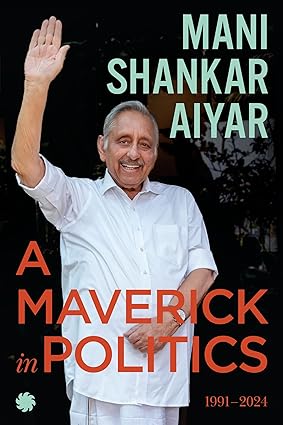
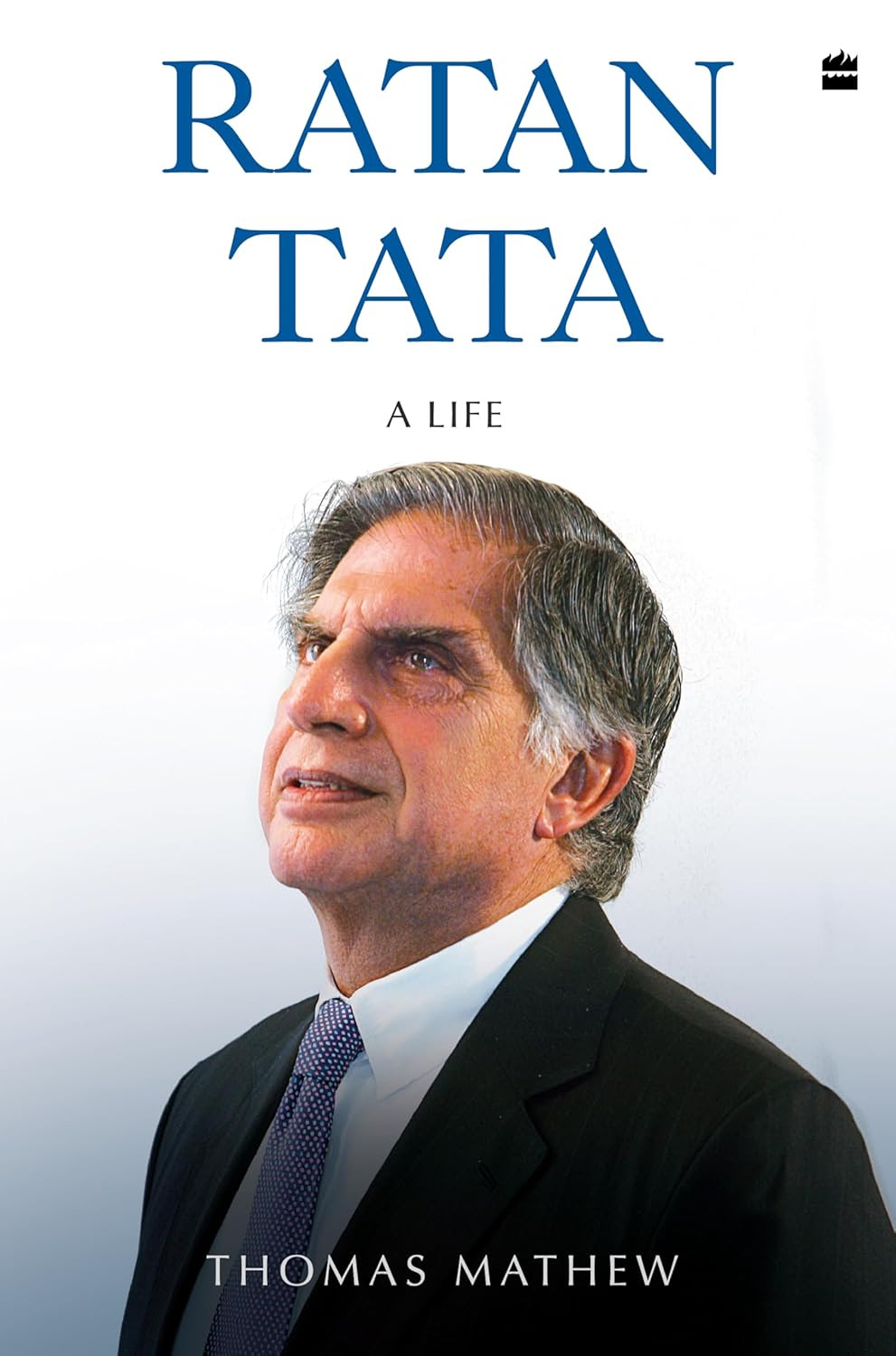
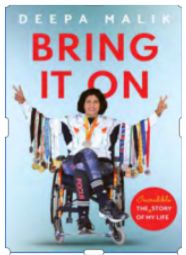
.pdf (5).jpg)
.pdf (6).jpg)
